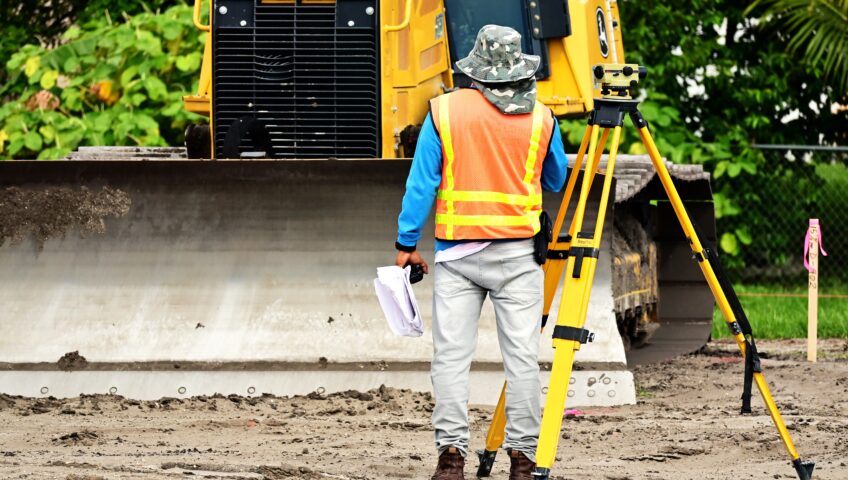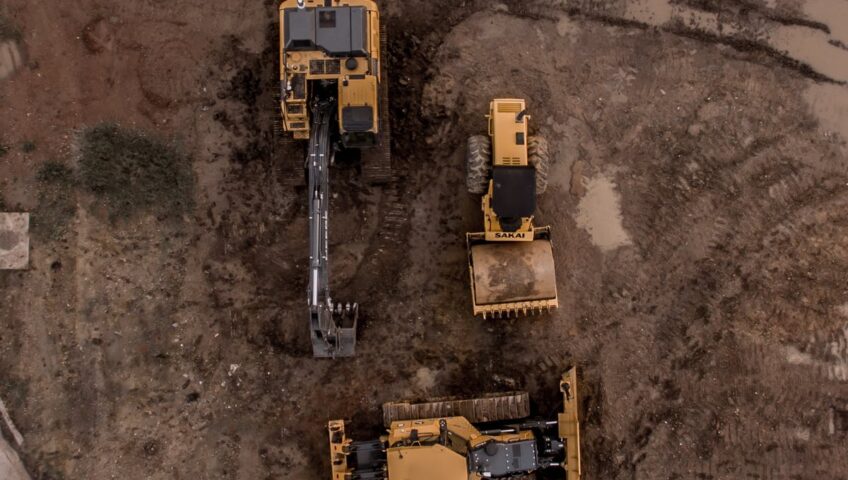National Surveyors Week, which begins every third Sunday in March, is an important event that aims to educate the public through media and viable public services. This week-long celebration of the surveying profession was officially proclaimed by President Ronald Reagan on February 13, 1984, making it a significant occasion for surveyors across the nation.
During National Surveyors Week, professionals in the field of surveying come together to raise awareness about their work and the crucial role they play in various industries. Surveyors are responsible for accurately measuring and mapping the physical features of the Earth's surface, which is essential for a wide range of activities, including land development, construction, and resource management.
One of the primary objectives of National Surveyors Week is to educate the public about the importance of surveying and the impact it has on their daily lives. Through various media channels, such as newspapers, television, and online platforms, surveyors strive to inform the public about the significance of accurate measurements and mapping in ensuring the safety and efficiency of infrastructure projects.
In addition to media outreach, National Surveyors Week also focuses on providing viable public services. Surveyors organize events and activities that allow the public to learn more about the profession and interact with professionals in the field. These events may include open houses, educational workshops, and community outreach programs, all aimed at fostering a better understanding of surveying and its applications.
By actively engaging with the public, surveyors hope to inspire the next generation of professionals in the field. National Surveyors Week serves as a platform to showcase the exciting opportunities that surveying offers, encouraging young individuals to pursue careers in this dynamic and essential industry.
President Ronald Reagan's proclamation of National Surveyors Week in 1984 recognized the invaluable contributions of surveyors to society. Since then, this annual celebration has continued to grow, with surveyors from all corners of the country coming together to promote their profession and educate the public about its significance.
In conclusion, National Surveyors Week, which commences every third Sunday in March, is a vital event that aims to educate the public through media and viable public services. President Ronald Reagan's proclamation in 1984 marked the official recognition of the surveying profession and its importance to society. Through various initiatives and activities, surveyors strive to raise awareness about their work and inspire the next generation of professionals. As we celebrate National Surveyors Week, let us acknowledge the crucial role surveyors play in shaping our world and ensuring its continued progress.




